Public swimming pools are usually set up for swimming, diving or water polo and competitions, usually in a closed space. In order to increase the transparency of the water, the posture of the person in the water is expressed, and the lamp embedded in the pool wall is installed in the swimming pool, and usually the lamp is not in contact with water. The bottom and pool walls of the swimming pool are smooth and flat, and there are no electrical devices such as wiring systems in the water.
The fountain is designed for landscape and decoration and is usually located in an open public area. In order to increase the decorative effect, the fountain is usually equipped with lanterns, water spray devices and some matching electrical wiring in contact with water. Compared to the swimming pool, the fountain is an easy-to-access water area. In the summer, it is common for children to play in the fountain. However, due to the possibility of more complicated electrical installations in the pool, the fountain is safer than the swimming pool. The problem is particularly important.
In artificial waters where people such as swimming pools, fountains, and paddling pools are to enter, electric-controlled sprinklers and decorative lighting fixtures may be installed, as well as the wiring systems required for these electrical appliances.
When a person enters these waters, the skin may be exposed. When an electric device or an accessory insulation fault occurs in the water, the circuit formed by water, wet human body, and earth is prone to electric shock, causing the human body to be devastated by electric shock.
China's mandatory standards for building electrical are classified according to these waters and surrounding environmental areas, and provide safety protection requirements for electric installations including lighting fixtures in swimming pools and other waters. China's mandatory lighting safety standards for swimming pools and similar The corresponding requirements for the lighting fixtures in the venue are also presented.
I. Overview
1. Applicable standards
The risk of electric shock in swimming pools, fountains and paddling pools increases due to the reduction in human body resistance during normal use and the contact of the human body with the ground potential.
For the protection against electric shock of electrical equipment in the above areas, our country has requirements for swimming pools and similar places and other pool building electrical installations. For the lamps used therein, there are corresponding product safety requirements. See Table 1 for details.
Table 1 National standards for safety of electrical installations such as swimming pools and similar pool lamps

2. General protection requirements
GB 16895.19-2002 Protection requirements for swimming pools and similar spaces and other pools mainly include the voltage requirements associated with the area in which they are used, the number of equipment used, power-off protection measures and enclosure protection requirements for the equipment. See Table 2 for details.
Table 2 GB 16895.19-2002 Protection requirements for swimming pools and similar spaces and other pools

The description of Zone 0, Zone 1 and Zone 2 is shown in Table 3.
Table 3 Description of Zone 0, Zone 1 and Zone 2
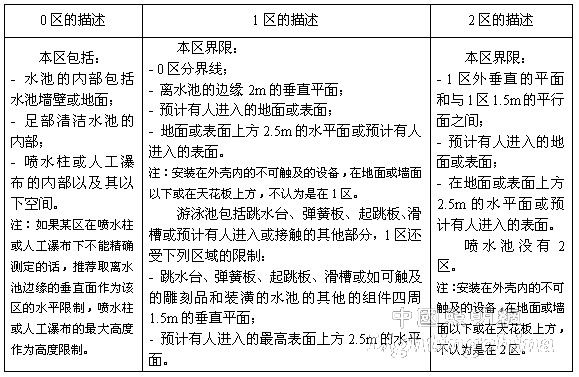
Examples of areas of Zone 0, Zone 1 and Zone 2 are shown in Figures 1, 2 and 3.
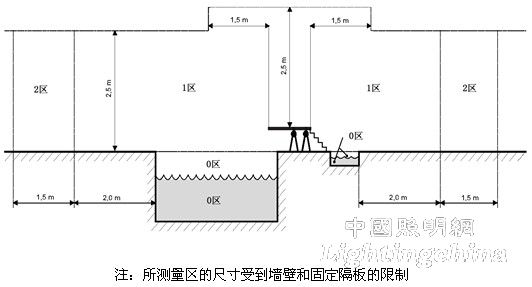
Figure 1 Size of the area of ​​the swimming pool and paddling pool (side view)
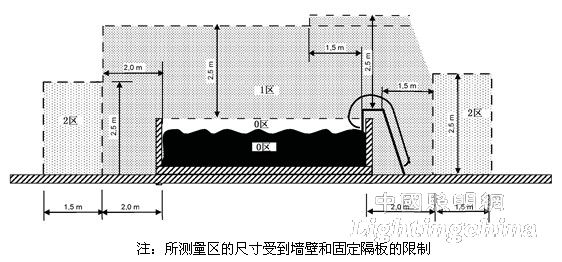
Figure 2 Dimensions of the area of ​​the pool above the ground (side view)

Figure 3 Example of the size (top view) of a zone with a fixed partition wall of at least 2.5 m height
Second, the origin of the safety threshold of human body contact voltage
1. The concept of total body impedance, body resistance and skin impedance
The total impedance of the human body is defined as the vector sum of the impedance of the human body and the impedance of the skin (see Figure 4). The impedance of the human body is defined as the impedance between the two electrodes in contact with the two parts of the human body, excluding the skin impedance. Skin impedance is defined as the impedance between the electrodes on the skin and the subcutaneously conductive tissue.
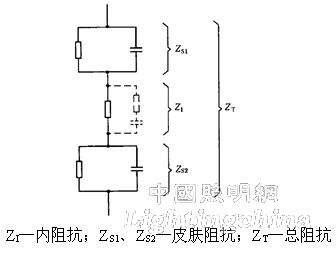
Figure 4 body impedance
The impedance of the human body depends on many factors, and in particular the path of the current, the contact voltage, the duration of the current, the frequency, the degree of moisture on the skin, the surface area of ​​the contact, the applied pressure and the temperature.
2. Classification of moisture levels
The degree of moisture is divided into three types: dry conditions, water wet conditions and salt water wet conditions.
The drying condition is defined as the condition of the humidity of the skin contact surface area when the living person is resting under normal indoor environmental conditions.
The water wet condition is defined as the condition of skin contact surface area immersed in the municipal water supply (average resistivity Ï = 3500 Ωcm, pH = 7-9) for 1 min.
The salt water wet condition is defined as the condition of contact with the surface area of ​​the skin by immersion in an aqueous solution of 3% NaCl (sodium chloride) (average specific resistance Ï = 30 Ωcm, pH = 7 to 9) for 1 min. Note: It is assumed that saline wet conditions simulate the skin conditions of humans after swimming or immersion in seawater, and further investigation is necessary.
3. Relationship between total body impedance and contact voltage
The relationship between total body impedance and humidity, contact area, path, frequency and contact voltage is shown in Figure 5.
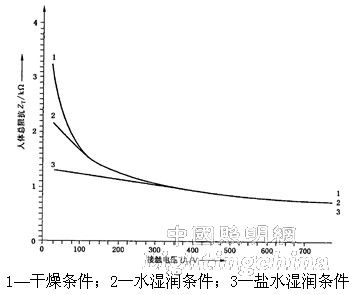
Figure 5 Dry, water wet and brine wet conditions, large contact surface area, current path is hand-to-hand, 50Hz/60Hz AC contact voltage UT is 25V to 700V, 50% of the total body impedance of the measured object ZT (50%)